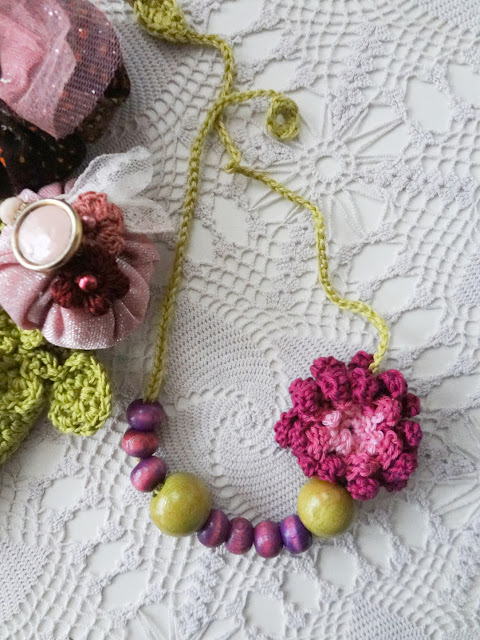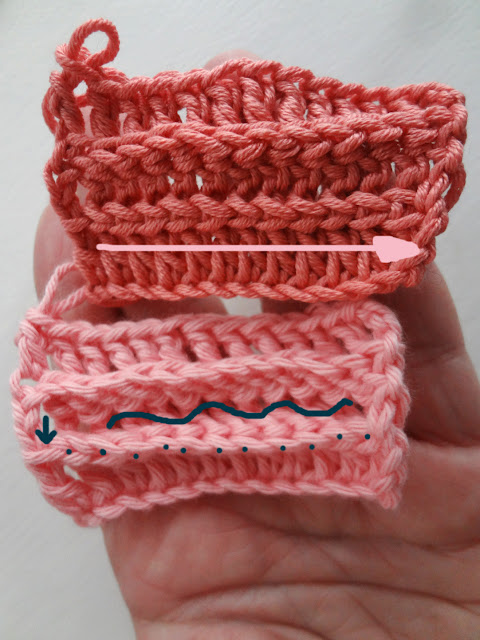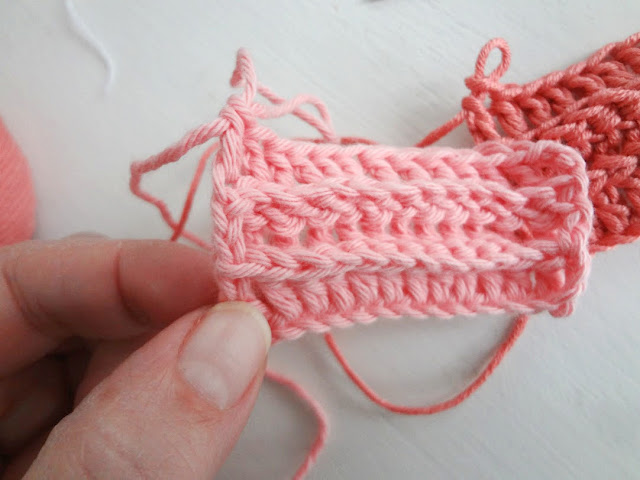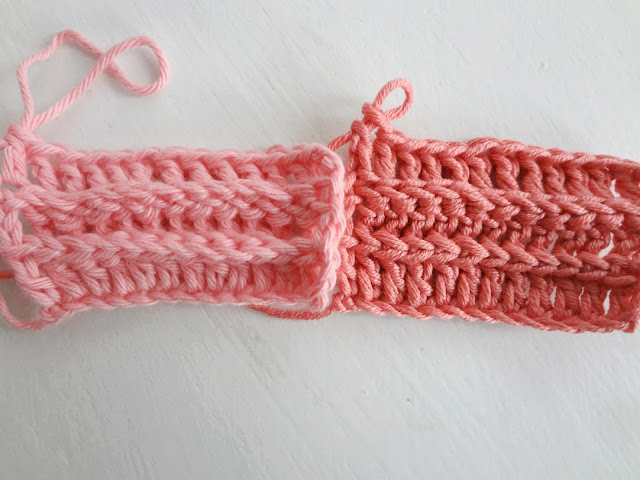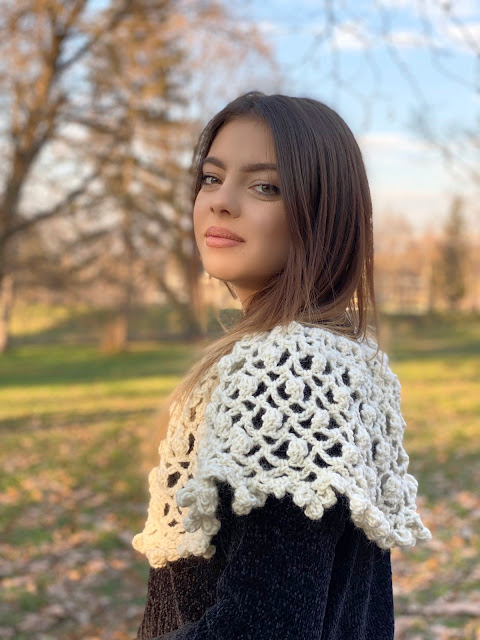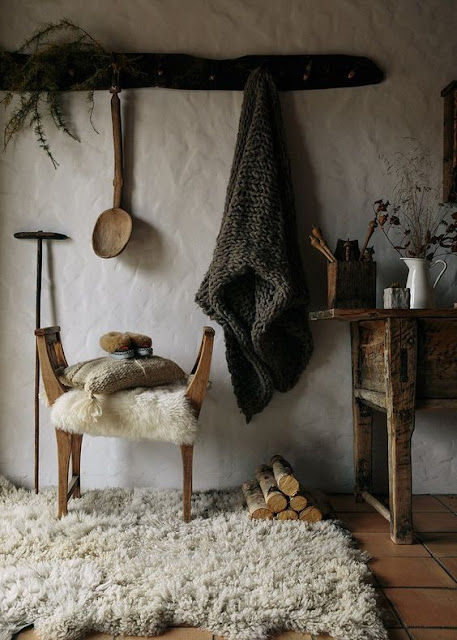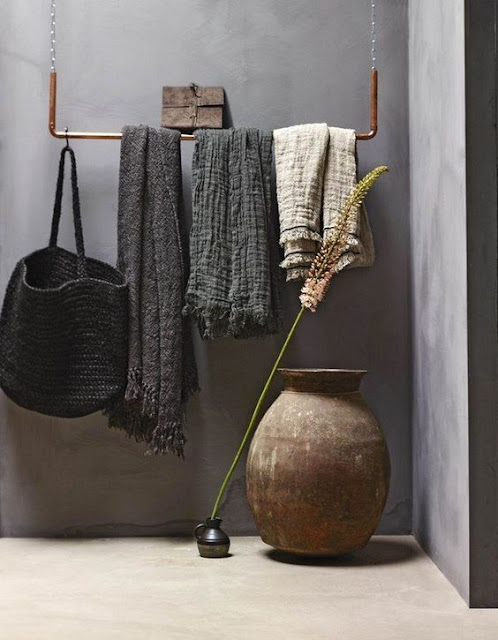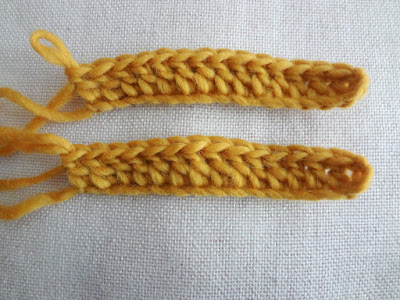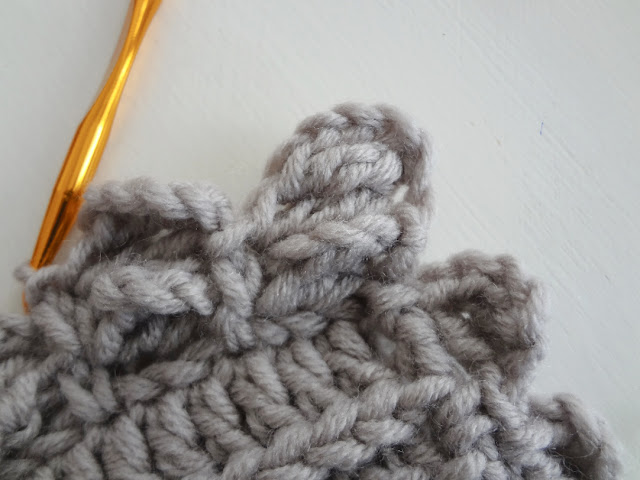I am always surprised when I am asked to make these simple flower and bead necklaces; but people seem to love them.
If you are keen on such, here's the pattern for this lovely anemone and how I made this necklace.
Before we begin, please note that: The
written pattern in its entirety along with the photos are for
personal use only. All property rights belong to Maya Kuzman of The
Little Treasures.
Yarn and hook: sport yarn in 3 colors (Phil Cotton 3) for the anemone, green for the chain, and a 3 mm hook (UK11) (US 10/3). Left over yarn works great for this project.
Crochet stitches in American terminology: chain
(ch), skip (sk), slip stitch (sl st), single crochet (sc), double
crochet (dc).
Other: wooden / plastic beads, tapestry needle.
Length of necklace - maker's choice.
Anemone pattern:
Round 2: Ch3 and starting from 2nd st. from hook, hdc1 in next 2 sts. Sl st into next st., ch3, and starting from 2nd st. from hook, hdc1 in next 2 sts, then sl st in same st. Sl st into next st., and repeat this pattern. Work this pattern around for all 7 stitches. Cut yarn and work the tail.
Round 3: In color two, ch4 and starting from 3rd st. from hook, dc1 in next 2 sts. Sl st at the back, between 2 petals from the previous round. Then repeat this pattern for the round. Cut yarn and work the tail.
Rounds 4 - 5: In color three, ch5 and starting from 2nd st. from hook, hdc1 in next 4 sts. Sl st at the back of petal before it and repeat this pattern. This round will have more petals. Do not cut yarn, but when you are done with this round, make another round working the same pattern. When finished with round 5, cut yarn and work the tail.
Chain (leaf and loop) pattern:
Take the anemone and insert needle through the anemone's petals from the back, then string your assortments of beads. Once done, pick up your stitch, and sl st into 6th st from hook to make a loop. Insert leaf through loop to see if it fits nicely because that is actually the closure. If it is OK, sc6 inside that chain / loop, cut yarn and work the tail. If the loop is too small, add a couple of more stitches to that loop. And that is it!
I hope you like this. If something is ambiguous in the instructions, please ask in the comments. Happy weekend!

